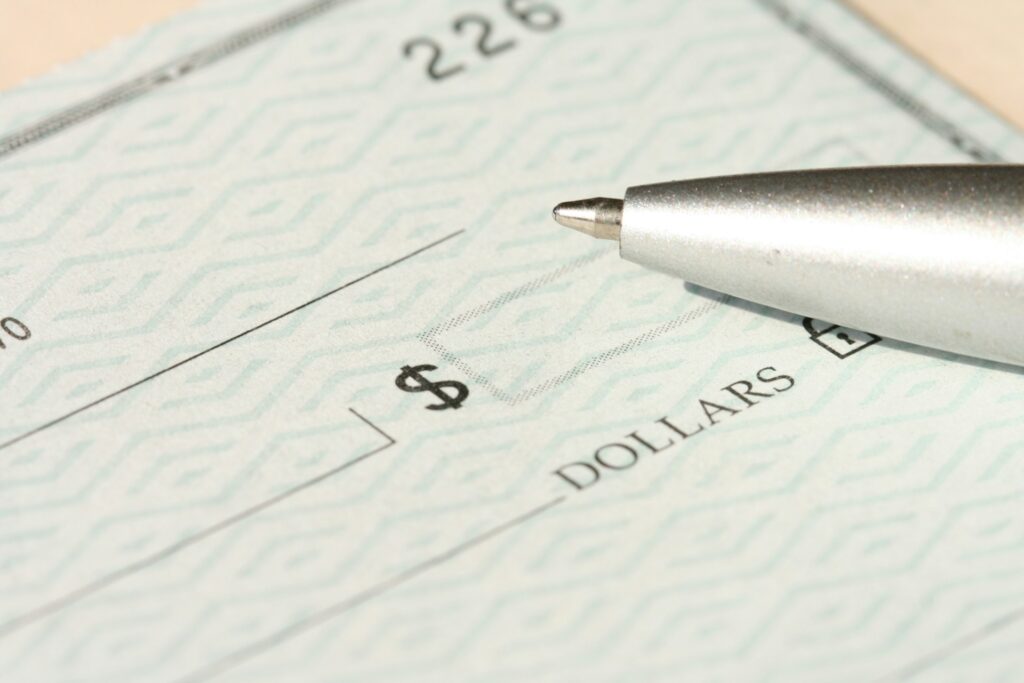Living paycheck to paycheck is a reality for many individuals, often causing stress and financial instability. However, it is possible to break free from this cycle and take control of your finances. In this article, we will discuss strategies to help you move away from living paycheck to paycheck and towards a more secure financial future. From budgeting and saving to increasing your income and reducing expenses, there are several steps you can take to make positive changes in your financial situation. By implementing these strategies, you can begin to build a solid financial foundation and break free from the constraints of living paycheck to paycheck.
Understanding the paycheck to paycheck cycle
Living paycheck to paycheck can be a stressful financial cycle that many individuals find themselves stuck in. This cycle occurs when a person’s expenses consistently exceed their income, leaving them with little to no savings and relying on each paycheck to cover their bills and necessities. To break free from this cycle, it’s important to understand the root causes and make necessary changes to improve financial stability.
One common reason for falling into the paycheck to paycheck trap is overspending. By creating a budget and tracking expenses, individuals can identify areas where they can cut back and save money. Additionally, building an emergency fund can help cover unexpected expenses and avoid going into debt. It’s also important to consider increasing income through side hustles or seeking better job opportunities to break free from the paycheck to paycheck cycle.
Identifying key factors contributing to financial instability
Financial instability can arise from a variety of factors that can impact the overall health of an economy. By identifying these key factors, we can better understand the root causes of instability and work towards developing solutions to mitigate their effects. Some of the main contributors to financial instability include:
- Economic shocks: Sudden and significant economic events such as recessions, stock market crashes, or geopolitical events can have a major impact on financial stability.
- High levels of debt: Excessive borrowing by individuals, businesses, or governments can lead to financial instability if this debt becomes unsustainable.
- Weak regulatory oversight: Inadequate regulations and oversight can create vulnerabilities in the financial system, allowing for risky behavior and practices that can lead to instability.
By closely monitoring and addressing these key factors, policymakers and financial institutions can work towards promoting a more stable and resilient financial system that can better withstand economic shocks and uncertainties. It is important to continually assess and address these factors to help prevent future financial crises and protect the overall health of the economy.
Implementing practical strategies to break free
One effective strategy to break free is by creating a budget. Start by tracking your expenses and identifying areas where you can cut back. This could involve reducing discretionary spending, such as eating out or shopping for non-essential items. By creating a detailed budget and sticking to it, you can gain control over your finances and start saving for the future.
Another practical strategy is to increase your income. This could involve looking for ways to earn extra money, such as taking on a part-time job or freelancing. Additionally, you could consider negotiating a raise at your current job or seeking out higher-paying opportunities. By boosting your income, you can create a financial cushion that will help you break free from paycheck to paycheck living and achieve your long-term financial goals.
Developing a long-term financial plan for sustainable financial security
Creating a solid financial plan is crucial for achieving long-term financial security. One key aspect of this involves setting clear financial goals and objectives. These goals can range from saving for retirement, building an emergency fund, or purchasing a home. By clearly defining these goals, individuals can work towards achieving them in a more focused and strategic manner.
Another important component of a long-term financial plan is budgeting. This involves tracking income and expenses to ensure that individuals are living within their means. It also allows for the identification of areas where spending can be reduced in order to save more or pay off debt. Additionally, diversifying investments and regularly reviewing and adjusting the plan are essential for adapting to changing circumstances and ensuring financial stability in the long run.
Key Takeaways
In conclusion, breaking free from paycheck to paycheck strategies requires dedication, organization, and a willingness to make changes to your financial habits. By creating a budget, building an emergency fund, and finding ways to increase your income, you can begin to escape the cycle. Remember, small changes can make a big difference in achieving financial stability and security. With patience and persistence, you can take control of your finances and build a brighter financial future for yourself.




